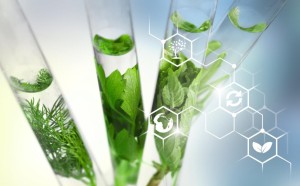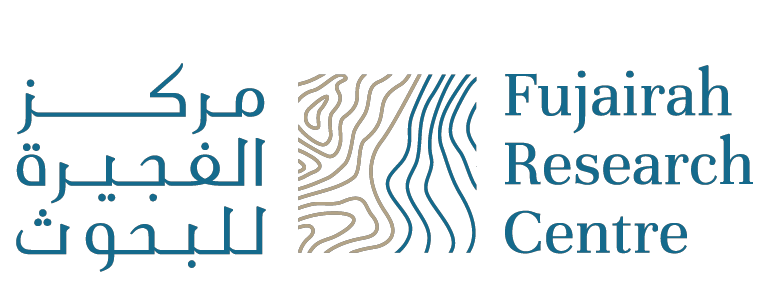
Biotechnology & Sustainable Technology
Clean technology focuses on minimizing the production of industrial pollutants by adopting various strategies. One approach is the prevention option, which involves the elimination or reduction of pollution at its source, rather than merely transferring or managing pollutants in another location. This method aims to address the root cause of pollution, emphasizing proactive measures during the production process. Another avenue is recycling and reusing, where the emphasis is on treating or reusing wastes after production, rather than solely relying on prevention. This approach recognizes the importance of managing and repurposing waste materials as part of a sustainable solution to reduce the overall environmental impact of industrial activities. By combining prevention strategies and recycling/reusing efforts, clean technology endeavors to create a more environmentally conscious and responsible approach to industrial processes.
Clean technology encompasses various strategies, including procedural changes, technological advancements, and alterations in material inputs, all aimed at fostering sustainable and environmentally friendly industrial practices. Procedural changes involve optimizing the handling of materials to ensure efficiency and prevent pollution loss throughout the production process. Technological changes encompass modifications in engineering processes, ranging from equipment and piping adjustments to alterations in operation settings and increased automation. This not only enhances overall efficiency but also contributes to pollution reduction. Additionally, clean technology advocates for changes in material input, emphasizing the substitution of toxic chemicals with less harmful alternatives. Recycling of lost and wasted materials during the input process is another crucial aspect, promoting resource conservation and minimizing raw material use. By integrating these forms of clean technology, industries can foster a more responsible and eco-conscious approach, striving for sustainable practices that mitigate environmental impact.
Biotechnology plays a pivotal role in mitigating waste and pollution through technological and input material changes. One significant aspect is the replacement of chemical methods with microorganisms (M.Os) or enzymes, including genetically engineered organisms (GEOs). An illustrative example is the biological production of acetone and butanol, initiated in 1914 as an alternative to a chemical process, utilizing enzymes. This approach offers several advantages, as it can substitute chemical synthesis in agrochemical, pharmaceutical, and detergent industries. Moreover, the process results in fewer side-products and operates at lower temperatures, showcasing the potential of biotechnology to revolutionize industrial practices, reduce pollution, and enhance sustainability across various sectors.
Enzymes prove to be valuable substitutes for chemical methods in various applications. For instance, in the production of adhesives, enzymes offer a stronger and safer alternative to existing adhesives, particularly those that are water-based. This innovation can be achieved through the utilization of phenol oxidase from marine mussels or a mold, involving decomposed materials. Another example is seen in animal feed, where the incorporation of microbial phytase enhances the availability of phosphorus and other essential metals. This enzymatic addition not only reduces the amount of feed required but also minimizes phosphorus excretion. The process involves the conversion of phytic acid, a major form of phosphorus in seeds, into myo-inositol and phosphoric acid. Phytases, present in plants, microorganisms, and certain animals, play a crucial role in digesting phytic acid, highlighting the potential of enzyme-based approaches to optimize resource utilization and environmental sustainability.
The reduction of insecticide and herbicide usage in agriculture can be effectively achieved through the adoption of Integrated Pest Management (IPM). This approach entails two key strategies. Firstly, it involves the use of less persistent and lower-dosage chemicals, aiming to minimize the environmental impact of agrochemicals. Secondly, IPM incorporates an integrated crop management (ICM) system, where the application of agrochemicals is harmonized with the best biological and cultural methods. By synergizing these approaches, crops receive effective protection while minimizing the overall reliance on agrochemicals. This not only contributes to the reduction of chemical residues in the environment but also promotes a more sustainable and ecologically balanced agricultural system. Integrated Pest Management stands as a holistic and environmentally conscious solution in modern agriculture.
Biological control, as an alternative to chemical treatments, involves the use of various biological materials to manage pests. These materials include natural predators for pest and disease control, pheromones, plants resistant to insects and pesticides, and sterile insects. Examples of biological control measures include the use of fungi to control weeds and the application of fungi and bacteria to suppress plant pathogens and combat nematodes. However, before introducing exotic species, thorough evaluation studies are essential. This includes assessing the impact on non-targeted species in the ecosystem and conducting post-release evaluations to monitor any potential issues, such as the development of resistance if bio-pesticides are overused. These precautionary measures are crucial to minimize the risks associated with biological control and ensure its effectiveness in sustainable pest management.
